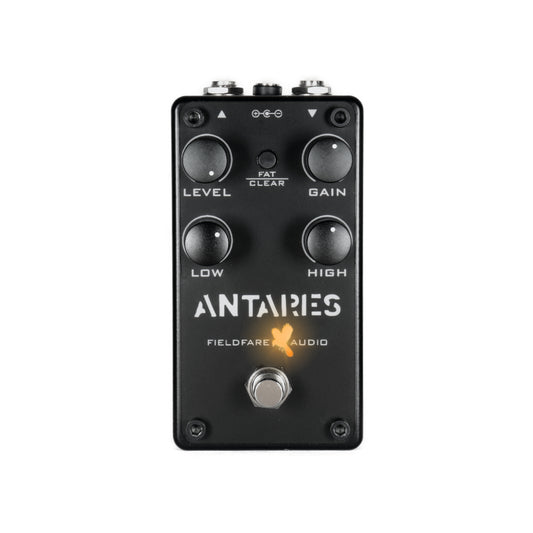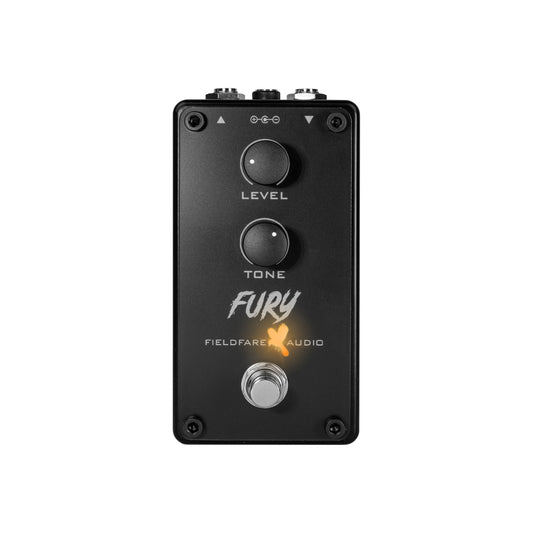
Tube Screamer Boost for Metal – does it really work?
Share
Tube Screamer Metal Setup – does it work?
At first glance, the Tube Screamer, with its warm, mid-focused overdrive, doesn't exactly sound like metal. But that's precisely its secret: a Tube Screamer can be found in almost every modern metal setup as a booster before the distortion . Used correctly, it provides more tightness, definition, and presence – whether in the studio or on stage.
Why the Tube Screamer makes sense in a metal setup
When activated, the Tube Screamer slightly reduces the bass while simultaneously boosting the midrange – the famous mid hump . This frequency response makes your guitar sound more defined in the mix and cut through the bass and kick drum more effectively. At the same time, the Tube Screamer drives the amp harder, resulting in increased saturation and precision.
Especially in high-gain situations with heavily distorted amps or distortion pedals, it helps to "clean up" the sound. The low frequencies are tightened, palm mutes sound tighter, and leads cut through more clearly.
How to use the Tube Screamer in a metal setup
In a metal context, the Tube Screamer is rarely used as the main distortion pedal, but rather as a **boost** before the amp or distortion pedal. The goal: less muddiness, more precision. Here are typical **settings for metal guitarists**:
- Drive: 0 to 9 o'clock – hardly any distortion of its own, only a slight boost.
- Tone: set to 12 o'clock – open slightly for more presence, if desired.
- Level: 2 PM to 4 PM – significantly above Unity Gain to push the amp.
This allows you to bring out the sound of your high-gain amp instead of masking it. Many guitarists use the Tube Screamer in front of well-known metal amps like the 5150, Dual Rectifier, or ENGL Savage to tame the bass and emphasize the mids.
Tube Screamer before or after distortion?
In a metal setup, the Tube Screamer almost always belongs before the distortion – that is, in the signal path before your amp or pedal. This way, it influences the input signal and ensures that the distorted sound is tighter and more precise. After the distortion, the effect would be too subtle and would only function as a volume or EQ boost – ideally, it should remain at the beginning of the signal chain.
Alternative Overdrives for Metal
While the classic Tube Screamer is perfect for mid-hump tones and tightness, many metal guitarists today desire more headroom, bass control, or flexibility. This is where modern overdrive pedals come into play – for example, the REVOLT Overdrive Screamer .
The REVOLT offers an extended dynamic range, a switchable low-push mode for added depth, and a momentary function – perfect for precise metal riffs or as a controlled solo boost.
Tube Screamer for Metal – Conclusion
Yes, the Tube Screamer works in a metal setup – and better than many people think. It provides control, definition, and punch to high-gain sounds without destroying the fundamental character. Whether used as a Tube Screamer booster in front of the amp or for subtle tone shaping, when used correctly, it becomes a secret weapon for modern metal riffs.
Those who also value dynamics and flexibility should try the REVOLT Overdrive Screamer – a boutique interpretation of the classic, optimized for maximum clarity, modern sounds and precise control.







